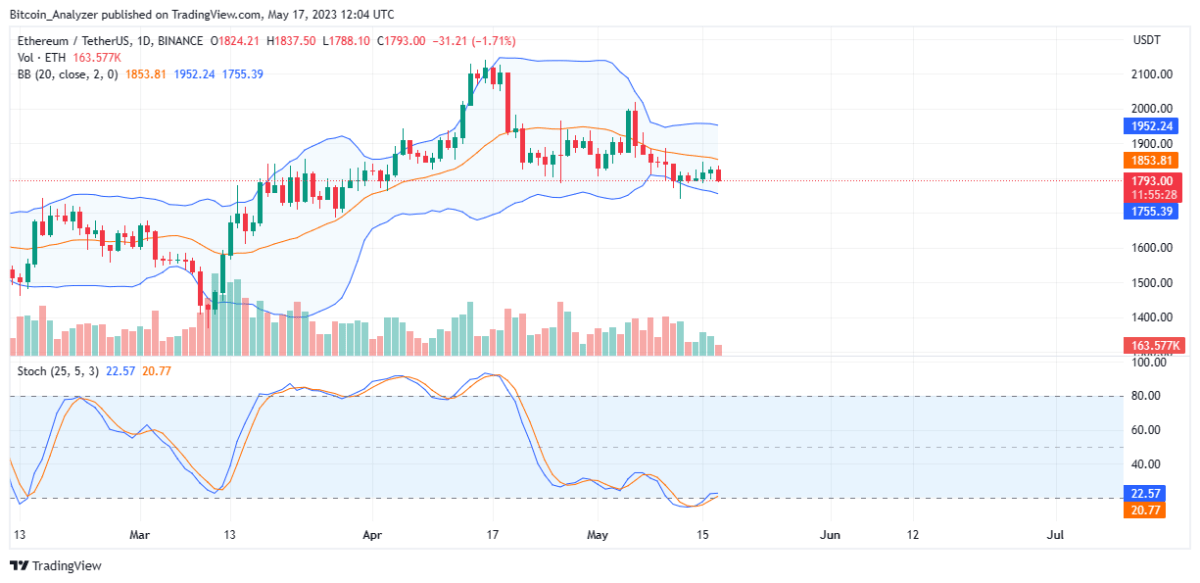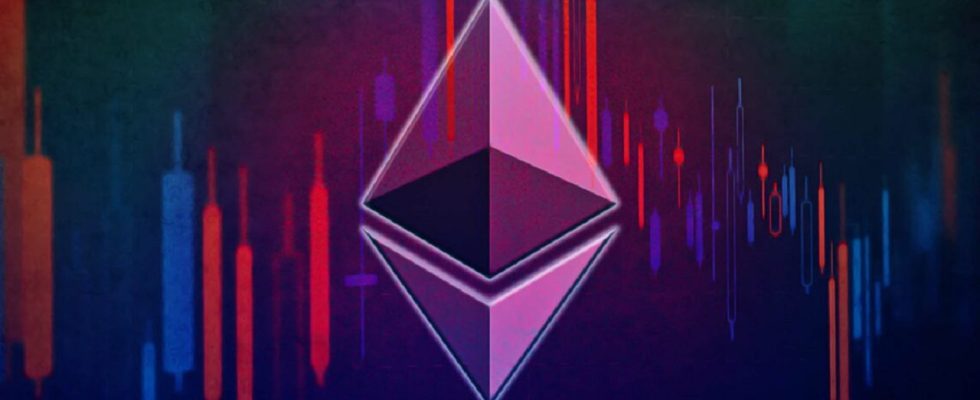According to the latest data, there is a significant asset flow from Ethereum (ETH) to BNB Chain (BSC). Is the underlying reason just gas fees?
Why is there a switch from Ethereum (ETH) to BSC?
According to experts, the move of assets from the old smart contract network may be due to the desire to escape high gas fees. A fee is paid for every transaction performed on public ledgers such as Ethereum and BSC. Gas fees are higher on Ethereum, especially for users using smart contracts.
Analysis of the latest gas fee trends on Etherscan shows network fees fluctuating. It also reveals that it has generally been higher in the past weeks. As of May 17, Gas fees stood at 43 gwei, or about $1.59 for simple transfers. Meanwhile, BscScan data shows that users have to pay 3 gwei for transfers, regardless of the urgency of the transaction. When analyzed in dollar terms, the difference in gas fees between Ethereum and BSC is clearly visible. It also explains why users are looking for alternatives. Accordingly, users are moving their assets to alternative Blockchains such as BSC, which have lower Gas fees than Ethereum.

Cause PEPE FOMO?
It’s possible to partly attribute the recent rise in Ethereum gas fees to the hype surrounding a meme coin, PEPE. PEPE boosted demand and pushed on-chain activity further. That’s why Ethereum gas fees have risen in parallel. According to Y-Charts, gas fees on Ethereum rose from $43 on April 22 to $155 as of May 5, 2023.
The unprecedented demand for PEPE due to fear of loss (FOMO) coincided with an almost exponential rise in wages from the last week of April to the beginning of May. This increase underlined the scalability challenges Ethereum faced during times of increased activity. Gas fees fluctuate depending on network activity. This is one of the main reasons developers want to integrate long-lasting solutions, including on-chain and off-chain scaling methods.

Ethereum has ‘Sharding’ on its roadmap
According to the roadmap, Ethereum will introduce Sharding, where the network will be divided into sections called “shards”. Shards are sub-nets that will form part of the entire Ethereum Blockchain. Each Shard will process transactions independently. But it will stick to other Shards. In this system, Ethereum developers hope to reduce fees by scaling transaction processing throughput on-chain. Meanwhile, Shards remains an idea and the team is working on it. Given this situation, layer-2 scaling options are gaining interest as a way to increase scalability by redirecting transactions to an off-chain platform, relaxing the underlying Blockchain and reducing transaction fees.
L2Beat shows that there are currently more than 20 layer-2 scaling options aimed at scaling the mainnet. Arbitrum and Optimism are two of the most active general purpose platforms for deploying smart contracts and decentralized applications. Optimism and Arbitrum control over $7.5 billion in assets as measured by total value locked (TVL).
Optimism will release “bedrock” via a hard fork in early June 2023. This upgrade aims to increase scalability, improve transaction speeds and reduce gas fees in the off-chain solution. With these improvements, Optimism was able to raise its TVL even higher. Thus, it hopes to gain a larger market share.
Contact us to be instantly informed about the last minute developments.twitter‘in,Facebookin andInstagramFollow andTelegramAndYouTubejoin our channel!
For the rest of the article, Funds Out of Ethereum Are Flowing To This Altcoin!
